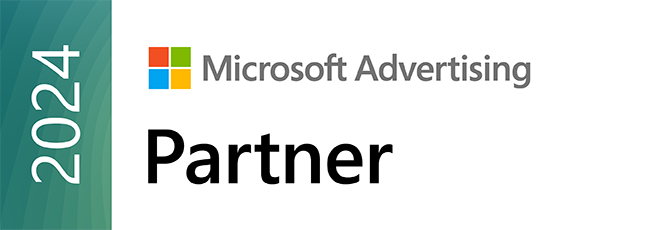Mastering Social Media for Association Growth and Events

In the same way that search engines gained huge popularity during and after the initial Internet boom of the 1990s, social media platforms have experienced similar exponential growth in the last couple of decades. Studies suggest that although each of us typically spends 6.5 hours online daily, some 35% of this time is consumed engaging with social media.
HOW DOES SOCIAL MEDIA ADVERTISING WORK?
Advertising on digital platforms goes far beyond paying for relevant individuals to see a specific ad. By building a community of users who might potentially be interested in any specific event, it is relatively simple to engage with this audience (either organically or using paid media promotion).
As social media platforms were specifically designed to facilitate content sharing, individuals who are interested in an event can easily comment on or share promoted posts. This means that the initial assumed reach and visibility of any paid promotion can expand virally and exponentially.
A significant advantage of such advertising is that if an event is recurring or cyclical, it is fairly simple to maintain and develop existing communities. This gives a significant head-start for the ultimate aims of congress brand awareness and growth.
SPONSORED POSTS VS BOOSTED POSTS
Whereas a boosted post already exists on a social media platform and can be shown to a chosen audience for a fee, a sponsored post is essentially a paid ad which will only appear to people who are members of a specific, determined audience. Generally, unlike a boosted post, a sponsored post can have a call-to-action button (such as “Learn More”).
THE BOTTOM LINE
The major benefit of social advertising is that it reaches a far wider target audience and engages potential attendees in terms of event awareness as well as ongoing educational and association activities.
FAQ
-
How does social media advertising differ from traditional advertising methods?
Digital advertising as such allows for targeted engagement with specific audiences based on interests and behaviors. Unlike traditional methods, it encourages interaction, amplifying reach through likes, shares, and comments. This dynamic approach drives community building and brand awareness in a cost-effective manner.
-
What advantages does social advertising offer for associations?
Social advertising provides associations with a direct channel to engage with their target demographic. By leveraging platforms like Facebook and LinkedIn, associations can promote events, share updates, and connect with members in real-time. This fosters community engagement, enhances visibility, and drives membership growth.
-
How can associations optimize their digital advertising strategy?
Associations can optimize their digital advertising strategy by defining clear objectives, targeting relevant audiences, and creating compelling content. Utilizing features like sponsored posts and boosted content helps maximize visibility and engagement. Regularly analyzing performance metrics allows for continuous refinement and improvement of the strategy.
-
What role do sponsored posts and boosted posts play in social advertising?
Sponsored posts are paid advertisements that target specific audience segments, offering a call-to-action button for direct engagement. Boosted posts, on the other hand, amplify existing content to a broader audience for a fee. Both strategies enhance visibility and drive engagement, but sponsored posts offer more precise audience targeting options.
-
How can social advertising contribute to association revenue and membership growth?
By strategically leveraging social media advertising, associations can increase event attendance, attract new members, and promote products or services. Engaging content, targeted campaigns, and effective audience segmentation help drive conversions and foster community engagement, ultimately leading to revenue growth and membership expansion.
A thought-leadership piece written by the CEO of Kabloom, Richard Torianni.
Updated on May 13th, 2024

See how we rank as a Top Digital Marketing Agency on DesignRush.






